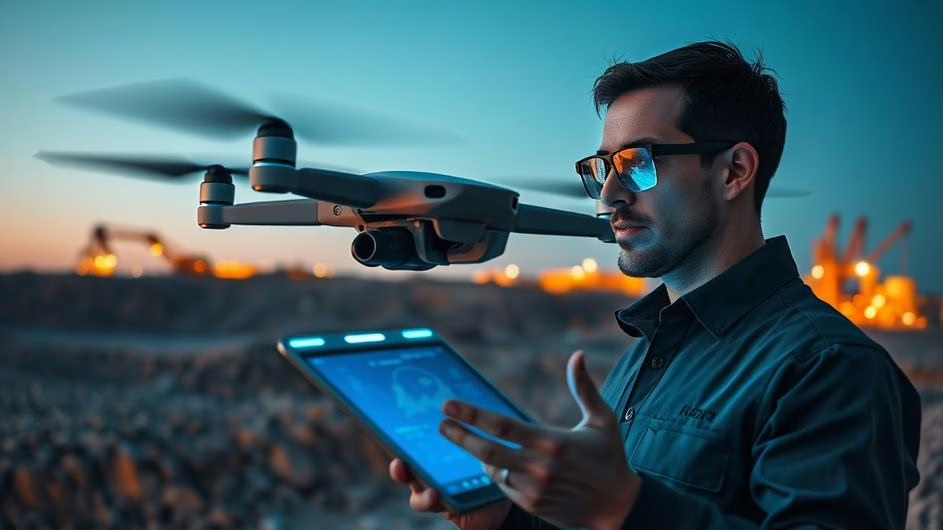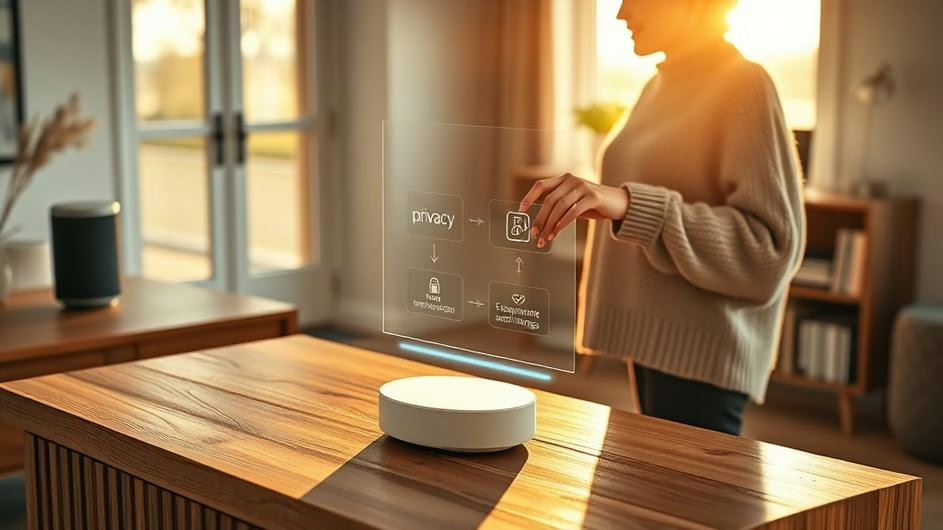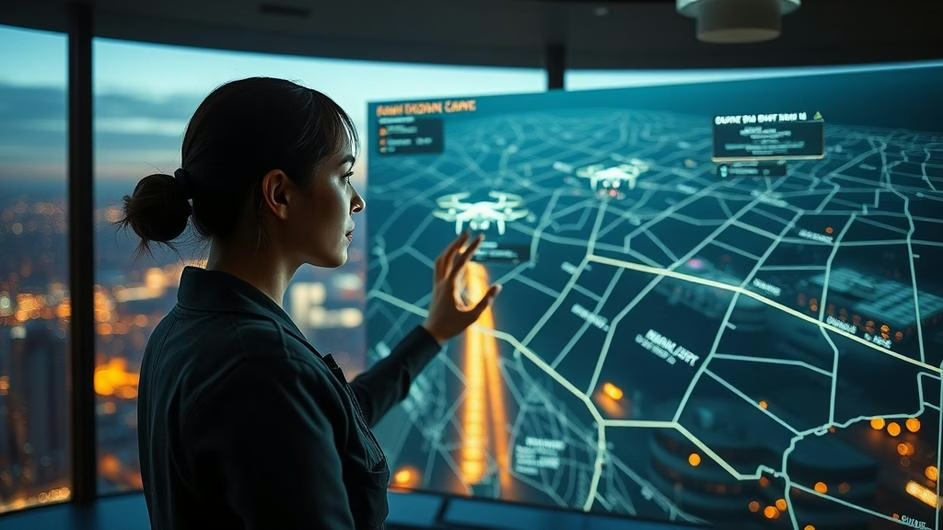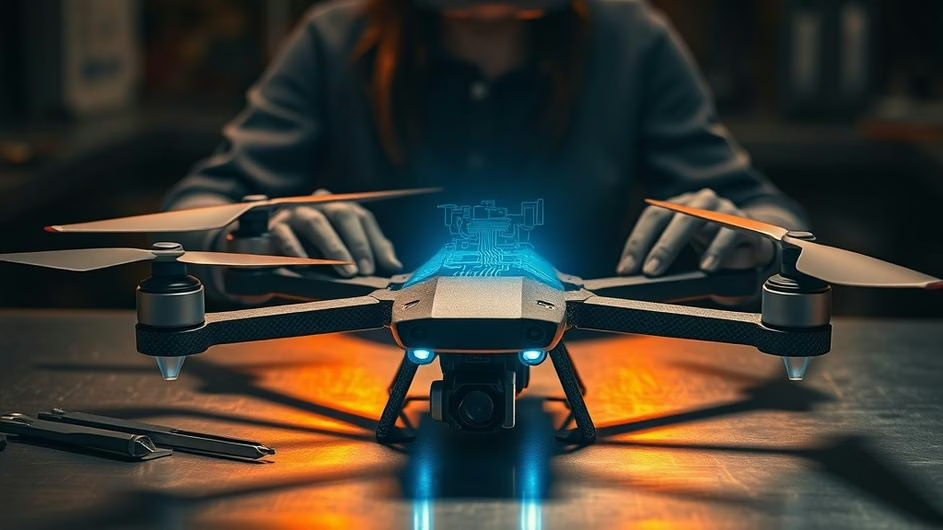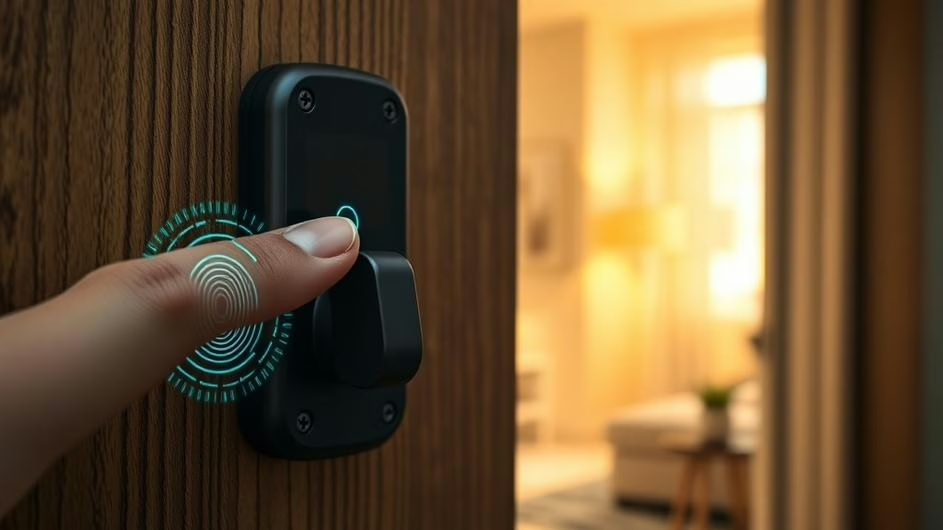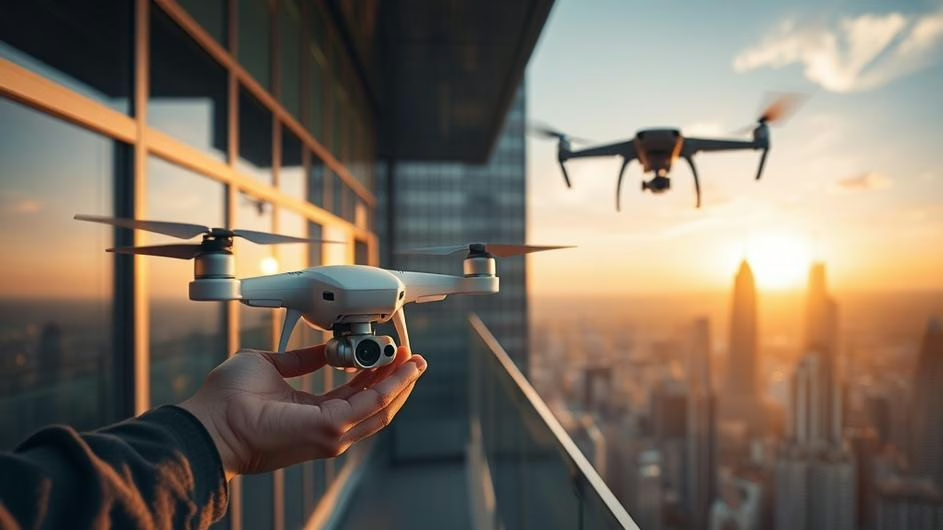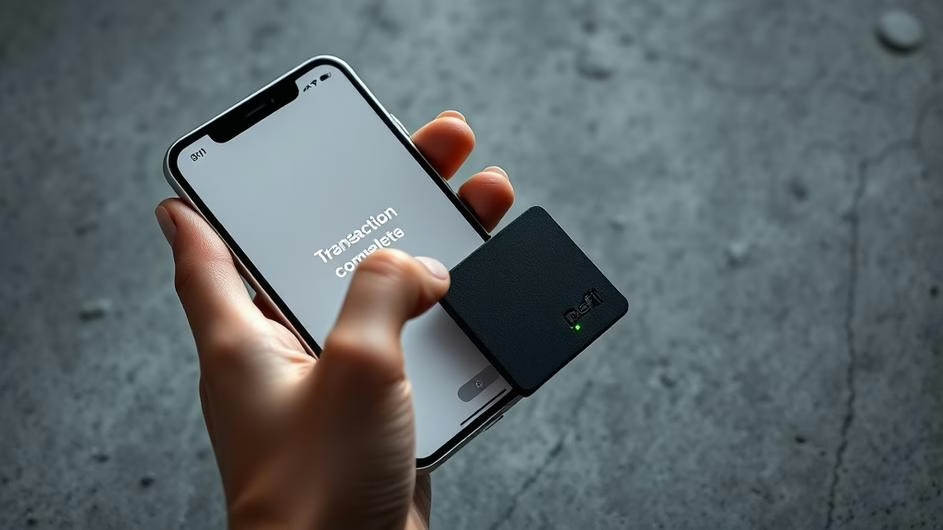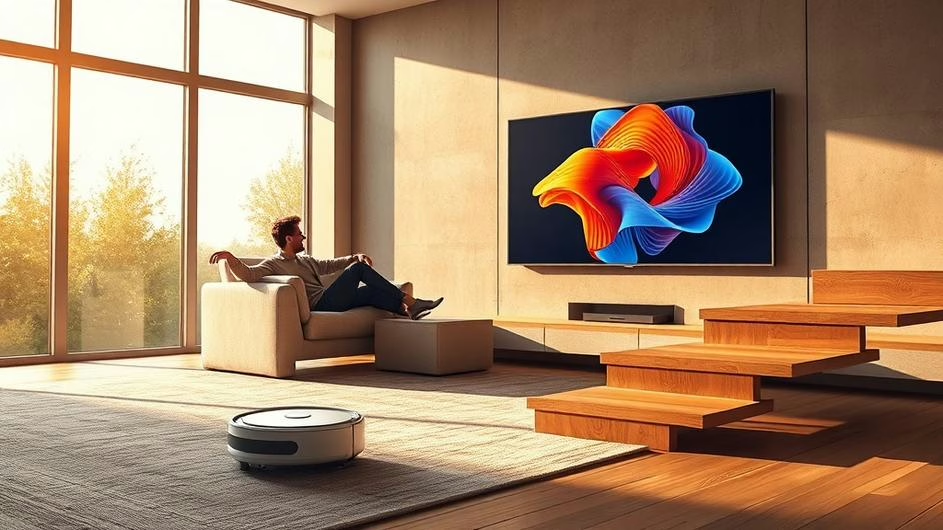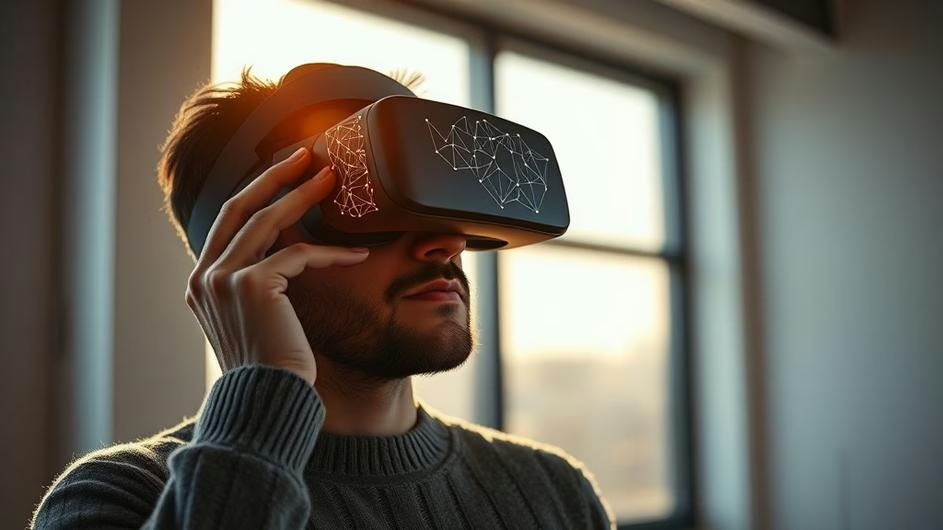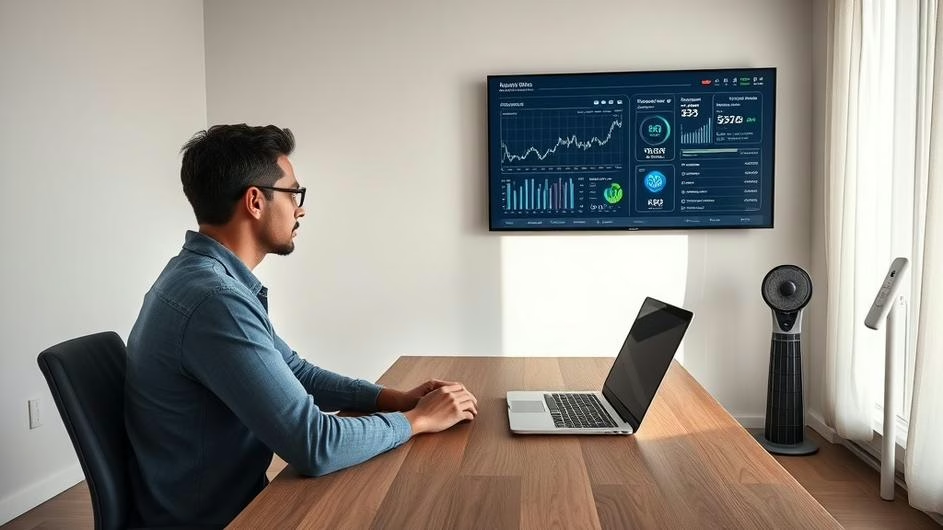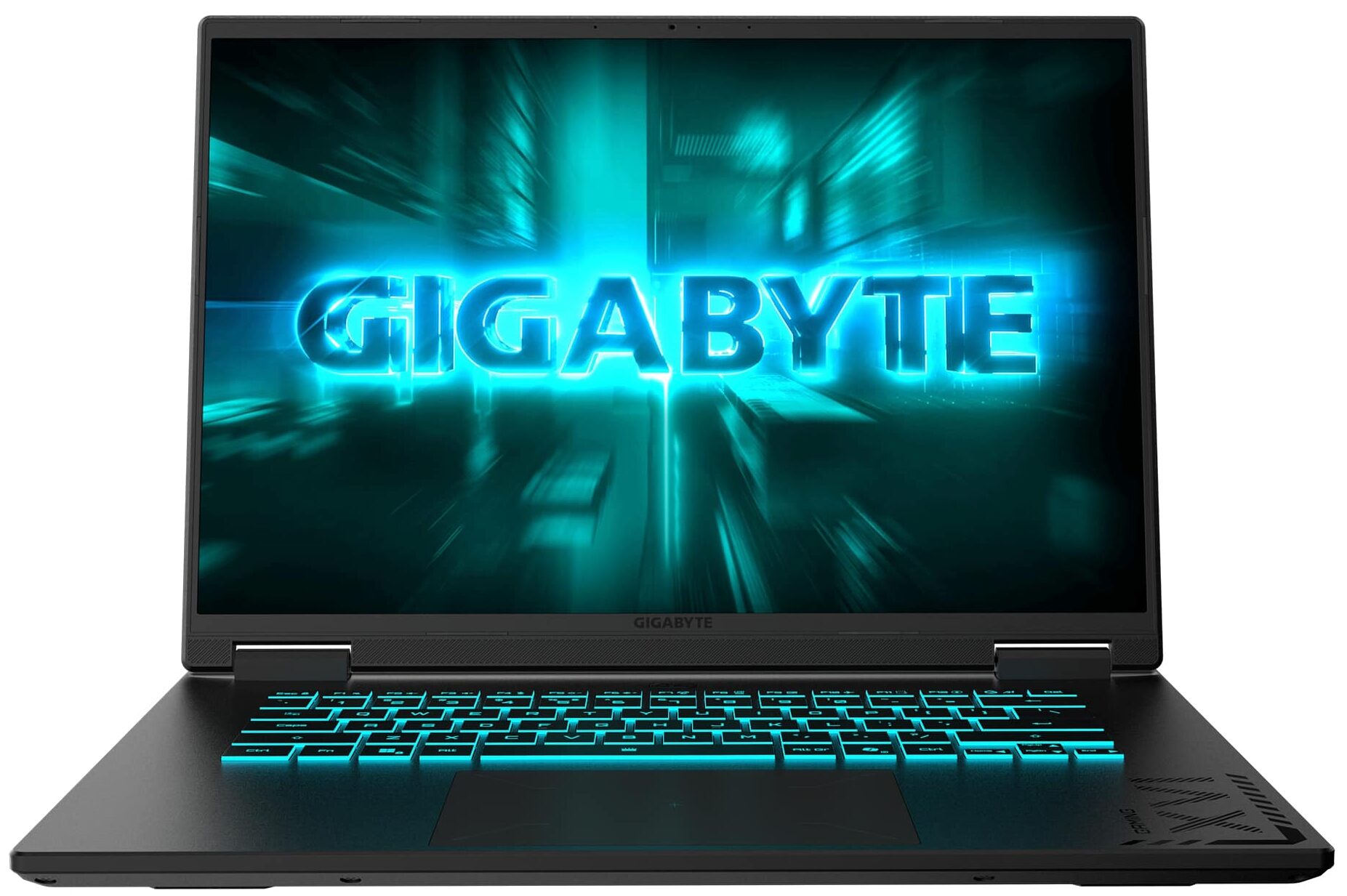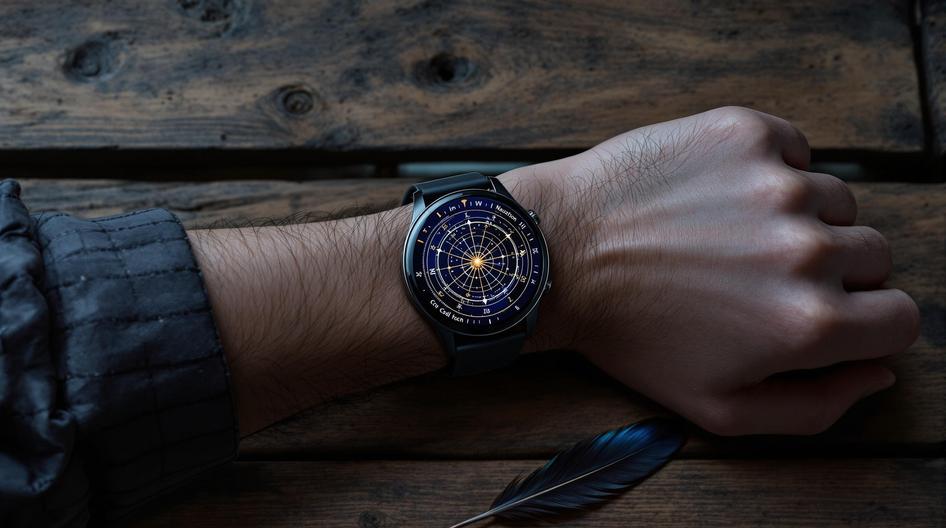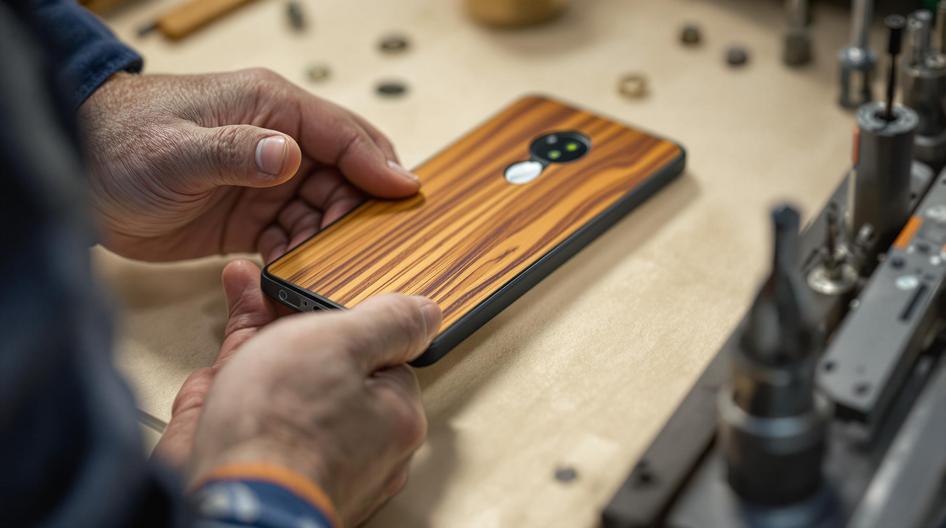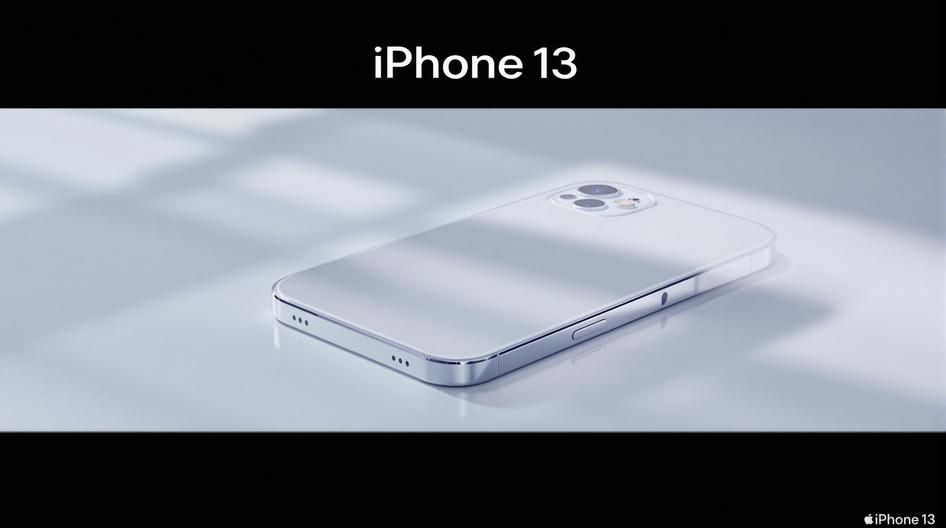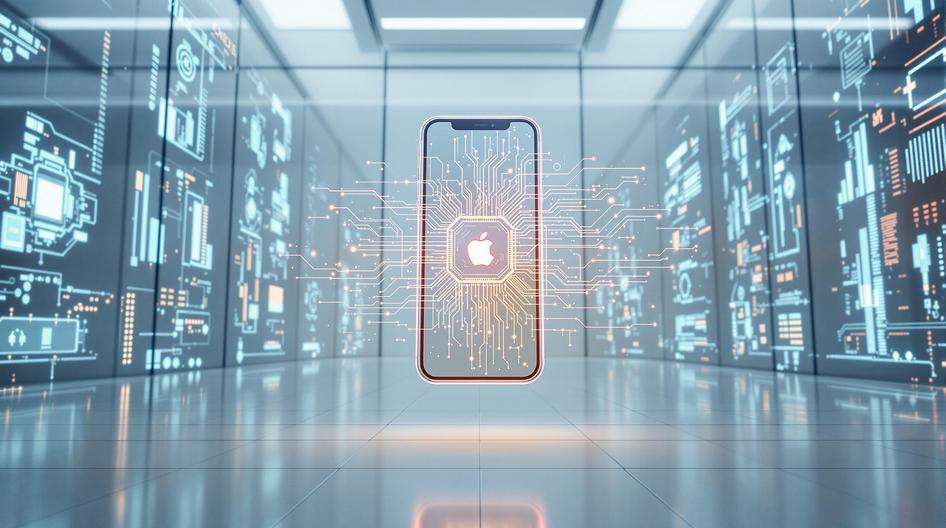
Smart Surveillance, Safety, and Security: The Evolving Tech Landscape
The tech world keeps pushing boundaries, but sometimes those boundaries push back. We’re seeing this tension play out everywhere from smart home security systems to autonomous vehicles, and the lessons learned are reshaping how we think about connected devices, privacy, and even Web3 innovation.
It’s not just about having the coolest gadgets anymore. When your security camera can’t tell the difference between a delivery person and a potential threat, or when your car’s backup camera shows you a blank screen instead of what’s actually behind you, we’ve got real problems that no amount of marketing hype can fix.
When Smart Cars Get Too Smart for Their Own Good
Take Ford’s latest headache. The automaker just recalled over 227,000 vehicles in what’s shaping up to be their worst year for safety recalls ever. The culprit? Faulty rearview cameras that decided to show drivers distorted images or just go completely black when backing up.
This isn’t some minor glitch we’re talking about. Ford got slapped with a $165 million fine from the National Highway Traffic Safety Administration for dragging their feet on the fix. Think about that for a second. These cameras were supposed to make driving safer, but instead they created new dangers.
For anyone building in the crypto and blockchain space, Ford’s mess offers a crucial lesson. As systems get more complex, whether we’re talking about smart contracts or IoT sensors, the need for thorough testing and transparent fixes becomes absolutely critical. You can’t just ship code and hope for the best when people’s safety is on the line.
Home Security Done Right
While Ford struggles with their tech integration, the home security market is actually getting this stuff right. But here’s the thing that most people miss: camera placement matters more than camera specs.
You can buy the fanciest 4K security camera with AI detection, but if you stick it in the wrong spot, it’s basically an expensive paperweight. CNET’s experts keep hammering this point. Entryways, main hallways, and ground-floor windows. That’s where your cameras need to be if you want actual security instead of just the feeling of security.
What’s interesting is how smart home integration is changing the game. Modern security systems don’t just record footage and hope someone reviews it later. They’re connecting to everything from smart locks to lighting systems, creating these comprehensive security ecosystems that actually adapt to your daily routines.
For crypto enthusiasts and remote workers who value privacy, many of these cameras now offer encrypted data streams and local storage options. No more worrying about your home footage ending up on some company’s cloud server where it might get breached or shared without your consent.
Halloween Tech Gets Spooky Smart
Speaking of adaptation, the seasonal security features rolling out this year show just how flexible these connected devices have become. Halloween-specific modes for video doorbells and security cameras are letting homeowners manage trick-or-treaters without sacrificing security monitoring.
These aren’t just gimmicky features either. Smart displays connected to security cameras can stream live feeds directly to your phone or central hub, giving you complete control over who gets candy and who gets ignored. It’s a perfect example of how “security by design” should work: protecting your home while giving you the flexibility to enjoy seasonal events.
This kind of customizable, user-controlled security approach is exactly what Web3 and blockchain developers should be paying attention to. Smart contracts could embed similar transparency and user empowerment features, letting people set their own rules for data access, alerts, and privacy controls.

When Public Safety Meets Privacy Paranoia
But all this smart surveillance tech is creating some serious tension in the public sector. Take what just happened in Sedro-Woolley, Washington. Police there disabled their entire network of license plate cameras after residents raised concerns about transparency and public records requests.
Meanwhile, in Hillsborough, North Carolina, city officials went even further and canceled their surveillance camera contract entirely after discovering the vendor might share collected data with third parties without explicit consent.
This growing unease about surveillance overreach should sound familiar to anyone in the crypto space. The same concerns about privacy, consent, and user control that drive people toward decentralized finance are now showing up in debates about municipal security cameras.
Building Trust in a Connected World
What we’re seeing across all these different sectors, from automotive recalls to municipal surveillance debates, is a common thread. Technology is only as valuable as the trust it builds with users. Next-generation security systems need to prioritize transparency and user control, not just technological sophistication.
For crypto and blockchain innovators, this represents a massive opportunity. While traditional tech companies struggle with trust issues and regulatory pushback, decentralized solutions can offer genuine alternatives that put users in control of their data and security.
The most successful projects in this space won’t just talk about decentralization and privacy. They’ll build systems that actually deliver on those promises, learning from the mistakes we’re seeing in everything from automotive safety recalls to municipal surveillance overreach.
As smart homes, vehicles, and cities become more connected, the companies and projects that prioritize user trust and transparent design will be the ones that shape the future. The next chapter in tech security isn’t about having more cameras or smarter AI. It’s about building systems that serve users instead of surveilling them.
Sources:
- “Ford recalls 227K MORE vehicles in record-breaking year of safety actions for automaker.” New York Post, Oct 30, 2025.
- “These Are the 6 Best Spots to Install Your Home Security Cameras.” CNET, Oct 29, 2025.
- “Frightfully Effective Home Security Tricks to Upgrade Your Halloween Celebrations.” CNET, Oct 29, 2025.
- “Sedro-Woolley, Wash., Disables Its License Plate Cameras.” GovTech, Oct 27, 2025.
- “Hillsborough, N.C., Cancels Surveillance Camera Contract.” GovTech, Oct 29, 2025.

